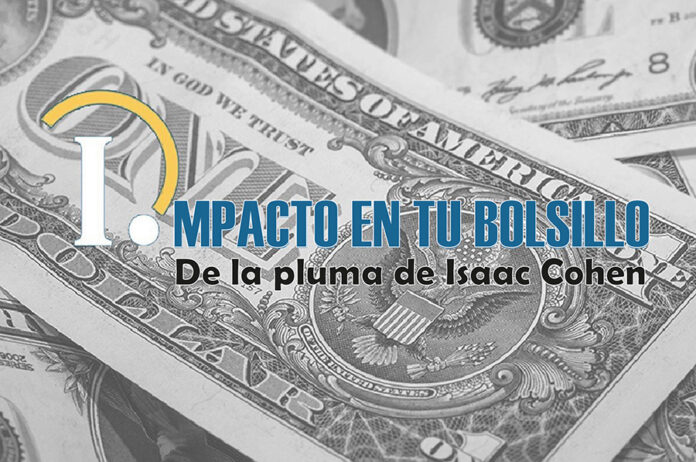On the eve of another meeting of the central bank’s Open Market Committee, in Washington, expectations of a soft landing have gained credibility. However, precisely at this time, the price of oil, one of the most volatile components of the consumer price index, last week ominously crossed the barrier of $80 dollars per barrel.
It is a fact that lower fuel prices have made a major contribution to lower inflation. For instance, the price of unleaded regular gasoline in the United States last week decreased to $3.54 per gallon, from more than $5 in June 2022. That is a decrease of 27 percent from a year earlier, after increasing 61 percent in the year ending in June 2022. No other component of the price index has decreased as much as fuel prices, therefore there is concern its increase may spoil the gradual descent of inflation, accomplished thus far in the United States without increasing unemployment.
Several factors are contributing to the increase in oil prices. Among them, the Organization of Petroleum Exporting Countries and its allies, including Russia, have announced production cuts, Saudi Arabia 1 million barrels per day in July and August and Russia 500,000 barrels per day in August. Additionally, in the United States lower oil prices led to a decrease in the number of active rigs drilling for oil, from 800 at the start of this year to 670 in June.







